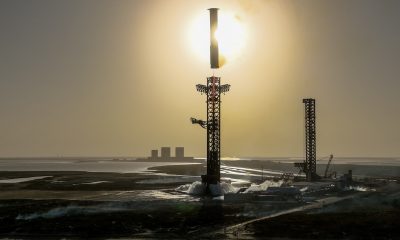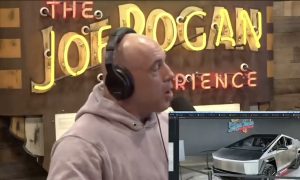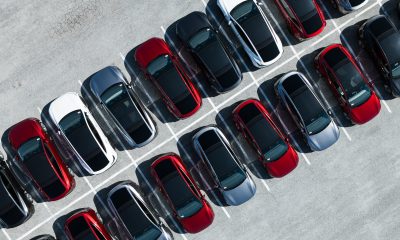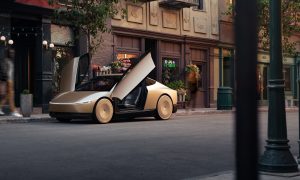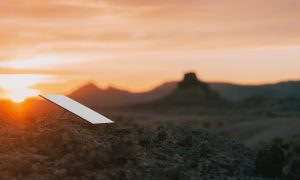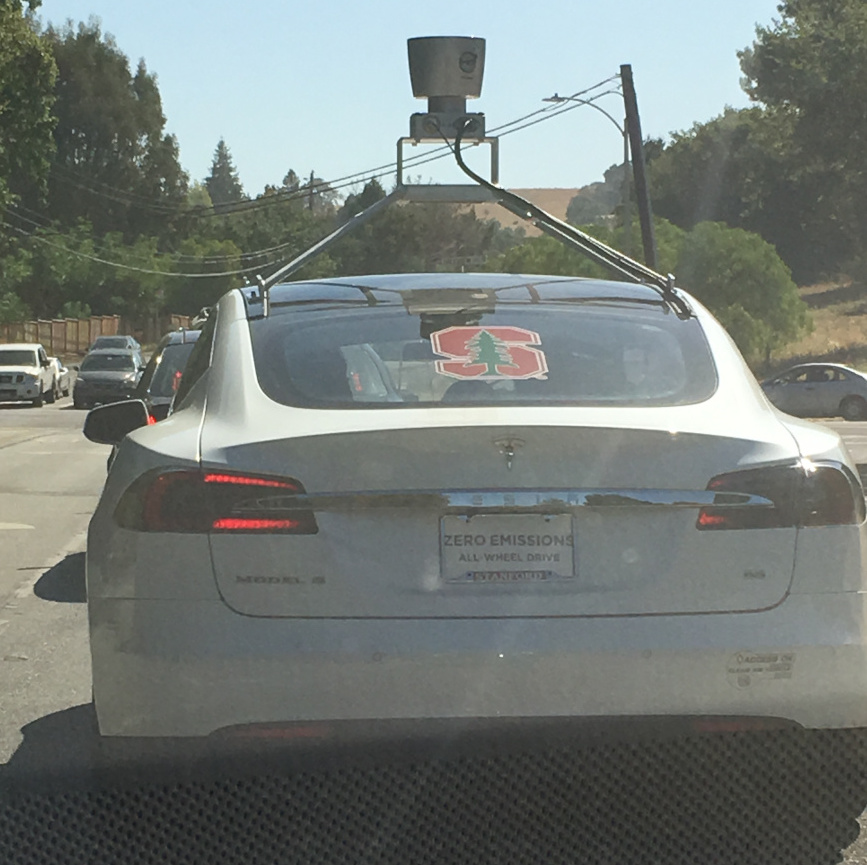

News
Elon Musk won’t be using LIDAR in upcoming Tesla Autopilot update
Tesla CEO Elon Musk has been opposed to the idea of using LIDAR for self-driving cars stating that the same benefits can be achieved at a cheaper cost when used with cameras and radar. using “I don’t think you need LIDAR … you can do this all with passive optical and then with maybe one forward radar”, Musk said during a press conference last October. “I think that completely solves it without the use of LIDAR. I’m not a big fan of LIDAR, I don’t think it makes sense in this context.”
Though a Tesla Model S with LIDAR equipment was spotted cruising through the streets near Tesla’s headquarters in Palo Alto, CA, which led to further speculation that perhaps Tesla is reconsidering its use of of LIDAR hardware in its next generation Autopilot, a new tweet from Musk reveals that Tesla will continue its stance on using radar technology. The Tesla CEO writes via Twitter, “Working on using existing Tesla radar by itself (decoupled from camera) w temporal smoothing to create a coarse point cloud, like lidar”
Good thing about radar is that, unlike lidar (which is visible wavelength), it can see through rain, snow, fog and dust
— Elon Musk (@elonmusk) July 15, 2016
Despite Musk’s stated case against LIDAR, Google believes infrared LIDAR technology used for creating a 3D map of its vehicle’s surroundings is the answer to autonomous cars. Industry experts on self-driving cars believe Joshua Brown’s fatal accident which saw his Autopilot enabled Model S crash into a white tractor trailer against a brightly lit sky, could have been prevented if LIDAR technology was used.
But despite the tragedy, it would seem that LIDAR will not be part of the equation for future versions of Autopilot. “Good thing about radar is that, unlike lidar (which is visible wavelength), it can see through rain, snow, fog and dust”, says Musk on Twitter.
But what about the array of cameras observed on a Model S test mule spotted outside of Pittsburgh recently? A careful observer can make out a number of additional cameras behind the windshield and some oddly positioned across the front bumper. From outward appearances, it looks like the test mule was set up in a way that would allow Tesla engineers to assess the capabilities of past, present, and future Autopilot hardware simultaneously. Being able to compare data from different sensors under exactly the same ambient lighting and weather conditions could give Tesla engineers valuable feedback about which sensors perform best under a variety of circumstances.
In the wake of the news that NHTSA and NTSB have opened investigations into how Autopilot operates and its safety, changes may be in the offing, but don’t expect to see a LIDAR system in place.
Photo credit: TeslaOwner
News
Tesla reiterates FSD’s biggest advantage, even if it’s still Supervised
Even in its current Supervised state, FSD is already pretty life-changing.
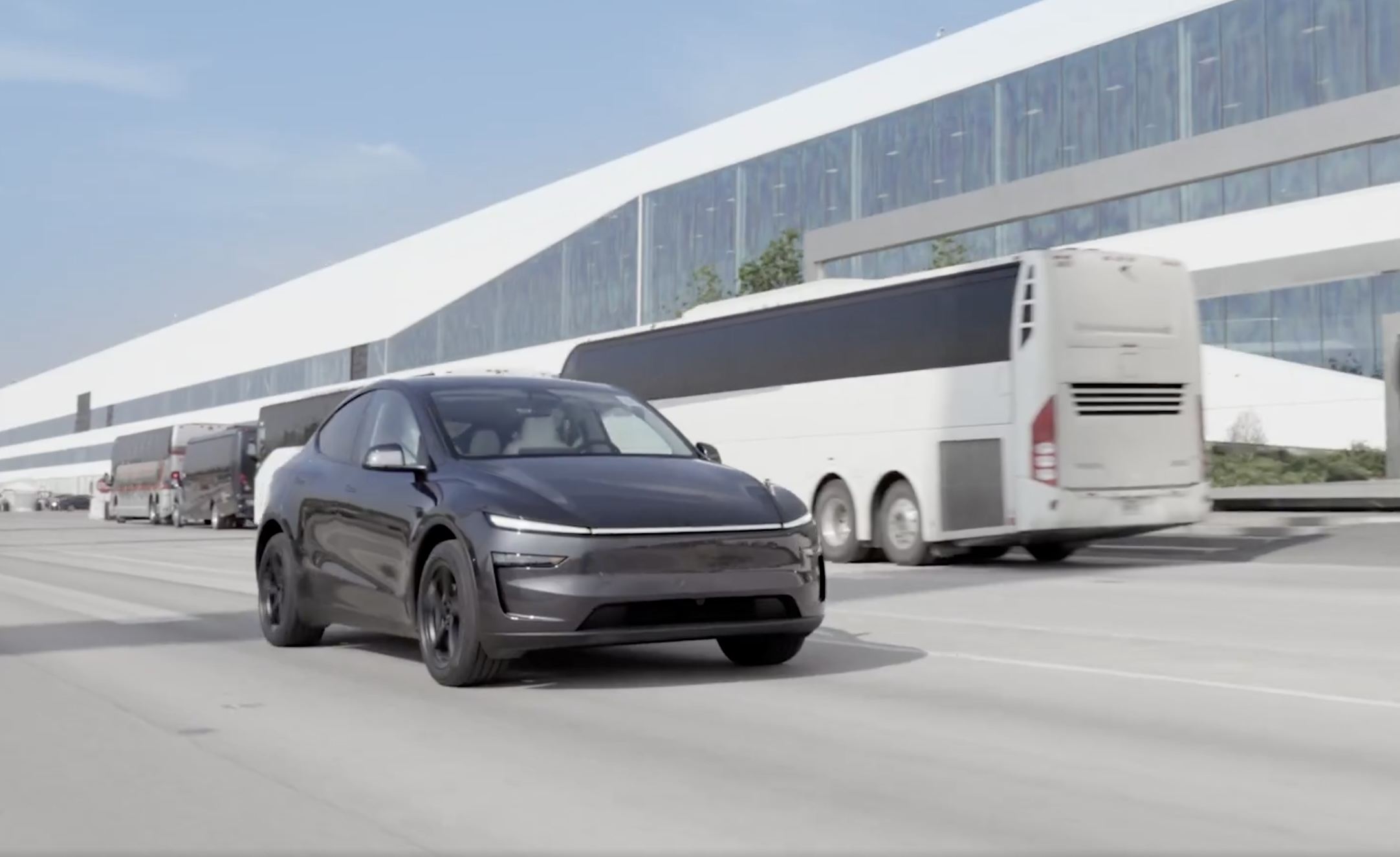
Tesla Full Self Driving (FSD) has a ton of potential. Once it is rolled out as an Unsupervised system, it could change the transportation sector. But even in its current Supervised state, FSD is already pretty life-changing.
This was highlighted recently by the electric vehicle maker through its official Tesla account on social media platform X.
Tesla FSD Unsupervised
Tesla’s self-driving aspirations are expected to come to fruition with the release of FSD Unsupervised, which is currently already being used in the Fremont Factory and Giga Texas. With FSD Unsupervised, Teslas are able to navigate from the end of their production lines to the facilities’ outbound lots without a human driver.
Tesla has previously noted that FSD Unsupervised should see its initial release in Texas and California this year. As noted by Tesla in a post on X, autonomy, when deployed at scale, does not just make cities more livable. It also gives back time to people. This is what makes autonomous driving systems potentially world-changing.
Still Supervised, But Already Useful
FSD today, however, is still Supervised, which means that it still requires constant attention from the driver. This is one of the main points of criticism from Tesla skeptics, as FSD’s current Supervised nature is typically used to argue that it is no better than other adaptive cruise control systems that other carmakers offer. As per Tesla in a follow-up post, however, FSD Supervised already makes life easier.
This is because FSD Supervised works on inner city roads, and while the driver is still observing the car to ensure that it operates well, trips could easily become a lot less tiring. This is especially true for long trips, which could take a toll on the driver if vehicles are driven manually.
“You can get a glimpse of that today: although FSD Supervised currently does require your supervision, you will still notice that your commute or long drives are suddenly so much less taxing. No constant micro-adjustments in rush hour traffic. No frustration. Car does it all for you,” Tesla wrote in its post on X.
News
Hyundai protects buyers from Trump’s tariffs with assurance program
Hyundai’s new Assurance Program will absorb Trump’s auto tariff costs, keeping prices flat for U.S. buyers.
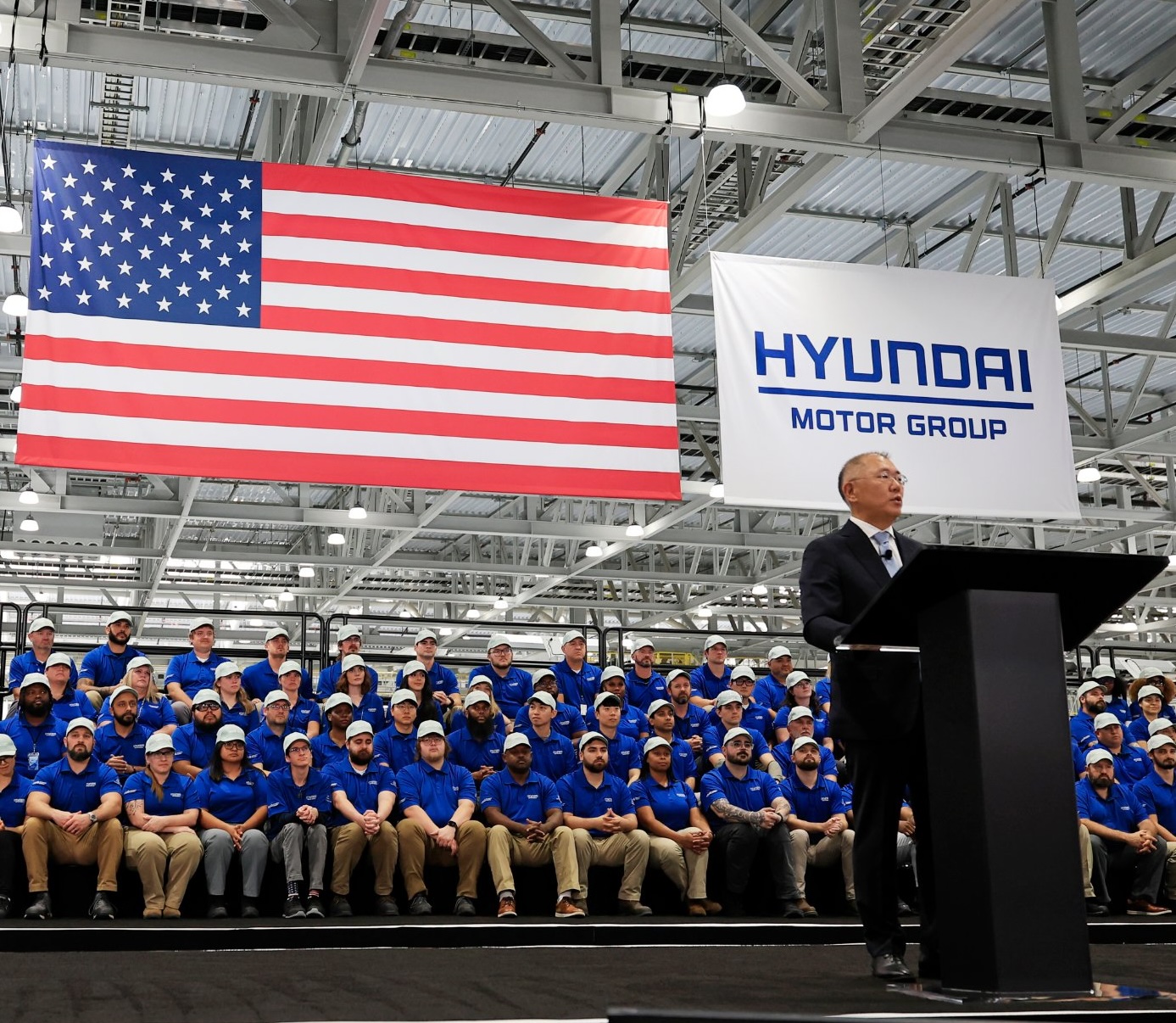
Hyundai is protecting buyers from U.S. President Trump’s auto tariffs through its new Assurance Program.
The South Korean automaker’s U.S. COO Claudia Marquez launched the Assurance Program at the 2025 New York International Auto Show. The initiative addresses the impact of President Trump’s 25% tariffs on the auto sector, a dominant topic at the event.
Marquez emphasized Hyundai’s commitment to price stability during his announcement. The Assurance Program absorbs tariff-related costs, leveraging Hyundai’s robust U.S. production to mitigate impacts.
“When it comes to the customers, which again is tough and even for us just for planning purposes, what we wanted to make sure is that we have a plan, so we launched our Hyundai Assurance Program, which is confirming and assuring to customers that [prices] are not going to go up, at least this next couple of months,” she told Yahoo Finance.
Hyundai of America produces 40% of its vehicles in the U.S. through its Alabama factory and the newly opened Hyundai Motor Group Metaplant America (HMGMA) in Savannah, Georgia. The Georgia plant began Ioniq 5 production in October 2024 and plans to start Ioniq 9 output by Q1 2025.
“We have a strong representation in the US. We have a factory in Alabama, and just recently, two weeks ago, we opened our new Metaplant in Savannah, Georgia, where we produce our EVs Ioniq 5 and Ioniq 9,” Marquez said.
As President and CEO Jose Muñoz noted, Hyundai’s localization strategy strengthens its tariff resilience. Initially focused on EVs, HMGMA will also produce hybrids following a 2024 dip in EV sales.
“We are looking forward to officially opening Hyundai Motor Group Metaplant America (HMGMA) in Georgia. Our localization strategy in the important U.S. market will help mitigate the impact of any potential policy change,” Muñoz said at the company’s annual shareholders’ meeting.
While Hyundai’s U.S. plants provide a buffer, building such facilities is costly and time-intensive, with potential policy shifts looming by 2028. For now, the Assurance Program and localized production help Hyundai navigate Trump’s tariff, ensuring customer affordability amid trade uncertainties.
News
Starlink executives meet with India’s Commerce Minister

Starlink is advancing its India entry plans, with senior executives meeting Commerce Minister Piyush Goyal.
Starlink senior executives and Minister Goyal discussed investments and partnerships in India. The talks are pivotal for Starlink’s entry into the Indian market. Starlink’s delegation, including Vice President Chad Gibbs and Senior Director Ryan Goodnight, met Goyal on Wednesday.
“Discussions covered Starlink’s cutting-edge technology platform, their existing partnerships & future investment plans in India,” Goyal posted on X.
The meeting with Starlink executives marked the first official engagement with an Indian Minister and underscores SpaceX’s commitment to the region, reported ET. As of this writing, Starlink has not announced future meetings with Communications Minister Jyotiraditya Scindia.
SpaceX has already started preparing to bring its satellite internet service to the Indian market. The aerospace company has secured deals with India’s top wireless carriers, Bharti Airtel and Jio Platforms, to distribute Starlink equipment and services through their outlets.
Bharti Airtel announced its partnership with Starlink first, followed by Jio Platforms. Both wireless carriers aim to leverage Starlink’s technology to expand internet access in India and their customer base. SpaceX is also in discussions with Vodafone Idea Ltd.
“We are in exploratory talks with various Satcom providers, including Starlink,” commented Vodafone.
These partnerships position Starlink to tap India’s vast telecom market, with potential for further collaboration. Despite these strides, Starlink still awaits regulatory approval to operate in India.
As of November 2024, the company must fully comply with the government’s security regulations, particularly on data storage, to secure its license. The pending approval highlights the complexities of entering India’s tightly regulated telecom sector, where compliance is critical.
Starlink’s push into India aligns with its global expansion strategy, leveraging its satellite constellation to deliver high-speed internet to underserved regions. The partnerships with Bharti Airtel and Jio Platforms, combined with ongoing talks with Vodafone Idea, signal strong local support for SpaceX’s technology.
However, regulatory hurdles remain a key challenge. As Starlink navigates India’s security requirements, its investments and carrier tie-ups could reshape the nation’s internet landscape, offering a new era of connectivity if approval is granted.
-
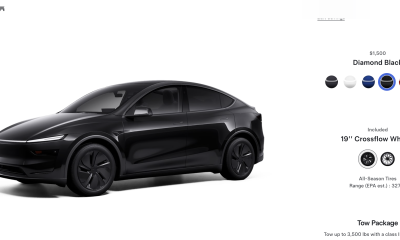
 News2 weeks ago
News2 weeks agoTesla rolls out new, more affordable trim of the Model Y Juniper in U.S.
-
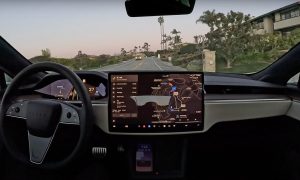
 News2 weeks ago
News2 weeks agoTesla expands Early Access Program (EAP) for early Full Self-Driving testing
-
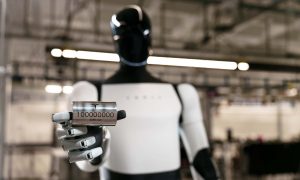
 News2 weeks ago
News2 weeks agoTesla celebrates key milestone for 4680 battery cell production cost
-
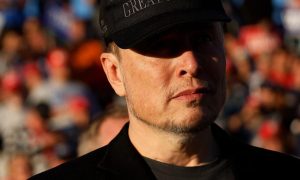
 News2 weeks ago
News2 weeks agoElon Musk will continue as DOGE adviser: VP Vance
-
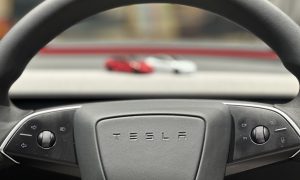
 Investor's Corner2 weeks ago
Investor's Corner2 weeks ago“Nothing Magnificent about Tesla (TSLA),” claims Jim Cramer
-
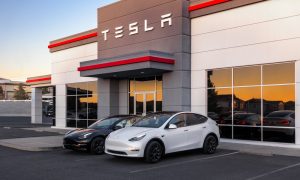
 Elon Musk2 weeks ago
Elon Musk2 weeks agoThis Tesla vandal caused thousands in damage, but she was let off the hook: Here’s why
-
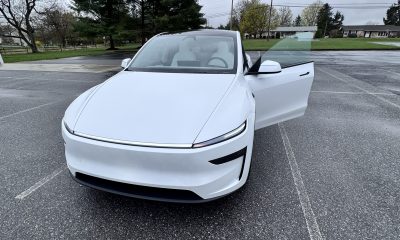
 News1 week ago
News1 week agoI took a Tesla new Model Y Demo Drive – Here’s what I learned
-
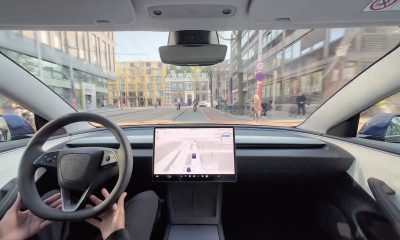
 News2 weeks ago
News2 weeks agoTesla Europe shares FSD test video weeks ahead of launch target

